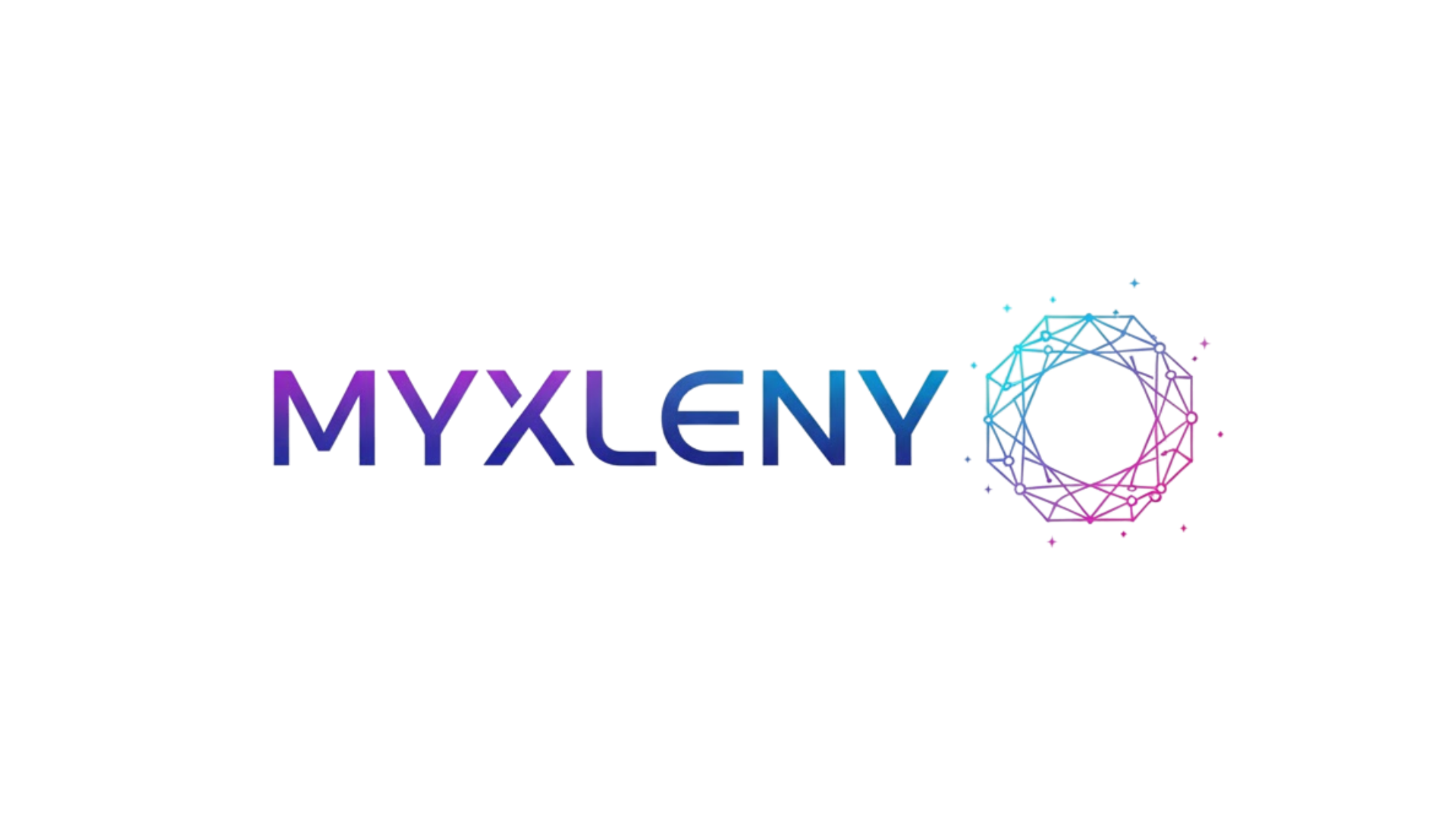Modern work environments demand smarter approaches to collaboration. Asynchronous collaboration has emerged as a game-changing strategy for teams seeking to maximize productivity while respecting individual work styles and schedules.
🚀 Understanding Asynchronous Collaboration in Today’s Workplace
Asynchronous collaboration represents a fundamental shift in how teams communicate and work together. Unlike traditional synchronous methods that require everyone to be present simultaneously, asynchronous work allows team members to contribute on their own schedules, creating a more flexible and inclusive environment.
This approach has gained tremendous momentum in recent years, particularly as remote and hybrid work models have become mainstream. Organizations worldwide are discovering that not every conversation needs to happen in real-time, and that thoughtful, deliberate communication often yields better results than immediate responses.
The beauty of asynchronous collaboration lies in its respect for deep work. When team members aren’t constantly interrupted by meetings or instant message notifications, they can dedicate uninterrupted blocks of time to complex tasks that require focus and creativity. This shift from constant availability to intentional communication creates space for higher-quality output.
The Compelling Benefits of Flexible Work Patterns
Adopting asynchronous collaboration methods delivers measurable advantages that extend far beyond simple scheduling convenience. Teams that embrace this approach consistently report improvements across multiple dimensions of their work experience.
⏰ Time Zone Freedom and Global Team Empowerment
For distributed teams spanning multiple time zones, asynchronous work eliminates the tyranny of finding mutually convenient meeting times. A developer in Singapore doesn’t need to take calls at midnight to accommodate colleagues in San Francisco. Instead, they can review proposals, provide feedback, and contribute ideas during their normal working hours.
This time zone independence enables organizations to build truly global teams without sacrificing anyone’s work-life balance. It also means projects can progress around the clock, with team members in different regions advancing work as they come online, creating a continuous workflow that accelerates project timelines.
💡 Enhanced Decision Quality Through Thoughtful Responses
Synchronous meetings often pressure participants to respond immediately, sometimes before they’ve fully processed information or considered all implications. Asynchronous communication removes this pressure, allowing team members to research, reflect, and formulate well-considered responses.
This deliberate pace leads to higher-quality decisions. When someone receives a proposal via email or a project management platform, they can review supporting documents, consult with relevant stakeholders, and craft a comprehensive response that addresses all pertinent issues. The result is fewer mistakes, better strategic thinking, and more sustainable solutions.
🎯 Increased Focus and Reduced Meeting Fatigue
The average knowledge worker spends countless hours in meetings each week, many of which could be replaced with asynchronous updates. By shifting routine status updates, announcements, and non-urgent discussions to asynchronous channels, teams reclaim substantial time for meaningful work.
Meeting fatigue is a real phenomenon that decreases productivity and employee satisfaction. Asynchronous collaboration combats this by ensuring that synchronous meetings are reserved for truly collaborative activities like brainstorming sessions, complex problem-solving, or relationship-building conversations where real-time interaction adds genuine value.
Essential Tools for Asynchronous Team Success
Implementing effective asynchronous collaboration requires the right technological infrastructure. The following categories of tools form the foundation of successful async work environments.
📝 Documentation and Knowledge Management Platforms
Comprehensive documentation is the backbone of asynchronous work. Tools like Notion, Confluence, and Google Docs enable teams to create living repositories of information that anyone can access anytime. These platforms should house everything from project specifications and meeting notes to company policies and process documentation.
The key is making information discoverable. Well-organized documentation with clear naming conventions, effective search functionality, and logical categorization ensures team members can find what they need without having to interrupt colleagues with questions.
💬 Asynchronous Communication Channels
While platforms like Slack and Microsoft Teams are often associated with real-time chat, they can be configured to support asynchronous communication. The critical difference lies in setting team expectations around response times and using features like channels, threads, and status indicators effectively.
Email remains a powerful asynchronous tool when used strategically. Clear subject lines, well-structured messages, and explicit action items help recipients understand what’s needed and respond appropriately without requiring back-and-forth clarifications.
✅ Project Management and Task Tracking Systems
Platforms like Trello, Asana, Monday.com, and Jira provide transparency into project status without requiring constant check-ins. When tasks, deadlines, and dependencies are clearly visible to all stakeholders, team members can work independently while maintaining alignment with broader objectives.
These systems work best when teams establish conventions for task descriptions, priority levels, and status updates. Regular async updates on task progress keep everyone informed without requiring synchronous status meetings.
🎥 Video Recording and Screen Capture Tools
Sometimes complex ideas are better communicated through video than text. Tools like Loom, Screencastify, and Vidyard enable team members to record explanations, demonstrations, or feedback that recipients can watch at their convenience.
Video messages combine the personal touch of face-to-face communication with the flexibility of asynchronous delivery. They’re particularly valuable for onboarding, training, design reviews, and technical explanations where visual demonstration adds clarity.
Implementing Asynchronous Collaboration: Practical Strategies
Transitioning to asynchronous work requires more than just tools—it demands cultural shifts and new operational practices. The following strategies help teams make this transition successfully.
🎯 Establish Clear Communication Protocols
Teams need shared understanding about which communication channels to use for different purposes and what response times are expected. A communication charter might specify that urgent issues require phone calls, project updates go in the project management system, and questions can be posted in team channels with 24-hour response expectations.
These protocols should also address how to indicate urgency appropriately. When everything is marked urgent, nothing truly is. Clear guidelines help team members prioritize their attention and responses effectively.
📚 Prioritize Documentation Over Verbal Communication
The phrase “if it isn’t documented, it doesn’t exist” should become a team mantra. Decisions made in meetings should be summarized in writing. Processes should be documented in accessible wikis. Project specifications should live in shared documents that evolve as requirements change.
This documentation-first mindset creates institutional knowledge that persists beyond individual team members and reduces dependency on specific people for information. New team members can onboard faster, and everyone benefits from clear, accessible references.
⚡ Define Response Time Expectations
Asynchronous doesn’t mean indefinitely delayed. Teams should establish reasonable response timeframes based on communication channel and urgency. For example, messages in team channels might expect responses within 24 hours, while email might allow 48 hours for non-urgent matters.
These expectations should be explicitly communicated and consistently reinforced. They create predictability that allows async work to function smoothly without leaving people waiting indefinitely for needed information.
🔄 Schedule Strategic Synchronous Touchpoints
Effective asynchronous collaboration doesn’t eliminate synchronous interaction entirely—it makes it more purposeful. Regular but infrequent synchronous meetings for team bonding, strategic planning, or complex problem-solving maintain team cohesion and handle situations where real-time interaction genuinely adds value.
These synchronous sessions should have clear agendas, defined outcomes, and proper documentation to capture decisions and action items for those who couldn’t attend or need to reference them later.
🌟 Overcoming Common Challenges in Async Environments
Like any significant workflow change, asynchronous collaboration presents challenges that teams must navigate thoughtfully to realize its full benefits.
Building Team Cohesion Without Daily Face Time
Reduced synchronous interaction can make team bonding more challenging. Successful async teams compensate by creating deliberate opportunities for connection. Virtual coffee chats, dedicated social channels, and periodic in-person gatherings help maintain the personal relationships that make collaboration enjoyable and effective.
Celebrating wins publicly in team channels, recognizing individual contributions, and maintaining transparency about company direction help remote team members feel connected to the broader organizational mission even when working independently.
Managing Information Overload
Asynchronous communication can generate substantial written content. Without proper organization, teams risk drowning in messages, notifications, and documents. Effective information architecture becomes critical—logical channel structures, archive policies, and search functionality help team members find relevant information without wading through noise.
Individual team members also need strategies for managing their attention. This might include designated times for checking messages, notification management, and clear personal boundaries around availability.
Addressing the Expectation of Constant Availability
Paradoxically, some async environments can create pressure for constant availability if boundaries aren’t respected. Leadership must model healthy behaviors by not expecting immediate responses outside working hours and respecting time zone differences.
Status indicators, calendar blocking, and auto-responders help communicate availability without requiring explanation. Teams that normalize these practices create psychologically safe environments where people can truly disconnect when needed.
📊 Measuring Success in Asynchronous Teams
To ensure asynchronous collaboration delivers on its promise, organizations should track relevant metrics that indicate both productivity improvements and team wellbeing.
Key performance indicators might include:
- Time saved from reduced synchronous meetings
- Project completion rates and timeline adherence
- Employee satisfaction scores related to work flexibility
- Response time metrics for different communication channels
- Documentation completeness and accessibility ratings
- Cross-timezone collaboration effectiveness
- Quality of deliverables and decision outcomes
Regular pulse surveys can capture qualitative feedback about what’s working and where improvements are needed. This data-driven approach allows teams to refine their async practices continuously rather than assuming initial implementations are optimal.
🎓 Cultivating the Right Mindset for Async Success
Beyond processes and tools, successful asynchronous collaboration requires particular mindsets and behaviors from team members at all levels.
Embracing Transparency and Trust
Async work operates on trust. Managers must trust team members to work effectively without constant supervision, while team members must trust that leadership supports flexible work arrangements genuinely rather than merely tolerating them.
Transparency about work progress, challenges, and decisions builds this trust. When everyone can see project status, understand decision rationale, and access relevant information, micromanagement becomes unnecessary, and autonomy flourishes.
Developing Strong Written Communication Skills
Asynchronous environments place premium value on clear, concise written communication. Team members should develop skills in structuring messages logically, providing appropriate context, and anticipating questions to minimize back-and-forth exchanges.
This doesn’t mean every message needs to be perfectly polished, but communicators should consider their audience, clarify expectations, and provide sufficient information for recipients to understand and act appropriately.
Practicing Patience and Intentionality
Async work requires recalibrating expectations around response speed. Team members must resist the urge to treat asynchronous channels like instant messaging, instead planning work to account for response delays and using waiting time productively.
This patience extends to allowing ideas to develop over time. Complex discussions that might take an hour in a meeting might span several days asynchronously, but the resulting decisions often benefit from this extended consideration period.

The Future of Work is Flexible and Asynchronous 🚀
Asynchronous collaboration represents more than a temporary adaptation to remote work—it’s a fundamental reimagining of how productive teams operate. By respecting individual work styles, eliminating unnecessary synchronous requirements, and creating space for deep work, async approaches unlock productivity gains that traditional methods cannot match.
Organizations that master asynchronous collaboration gain competitive advantages in talent acquisition, as they can hire the best people regardless of location. They experience higher employee satisfaction as workers gain control over their schedules. They produce better outcomes as teams have time and space for thoughtful work rather than constant reactive engagement.
The transition requires intentionality, appropriate tools, clear protocols, and cultural commitment from leadership. Teams that invest in building strong async practices create resilient, efficient, and humane work environments where productivity and wellbeing coexist rather than compete.
As work continues evolving, the question isn’t whether to adopt asynchronous collaboration, but how quickly organizations can implement it effectively. Teams that embrace this shift today position themselves for sustained success in an increasingly distributed, global, and flexibility-focused future of work.
Toni Santos is a future-of-work researcher and social innovation writer exploring how technology, culture, and global mobility are redefining what it means to work and thrive in the 21st century. Through his studies on automation, digital nomadism, and workforce transformation, Toni examines the balance between progress, adaptability, and human purpose in a rapidly changing world. Passionate about remote collaboration systems and digital inclusion, Toni focuses on how emerging tools and global connectivity empower individuals to build meaningful, flexible, and resilient careers. His work highlights how automation and new work models can coexist with creativity, empathy, and social value. Blending sociology, economics, and digital strategy, Toni writes about the human side of innovation — helping readers understand not only where work is heading, but how to align with its transformation responsibly and purposefully. His work is a tribute to: The evolving relationship between automation and human employment The rise of global, location-independent lifestyles The power of resilience and adaptability in the modern workforce Whether you are a freelancer, remote leader, or curious observer of the new economy, Toni Santos invites you to explore the future of work — one idea, one connection, one transformation at a time.




